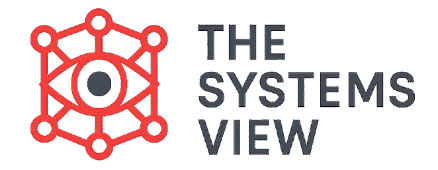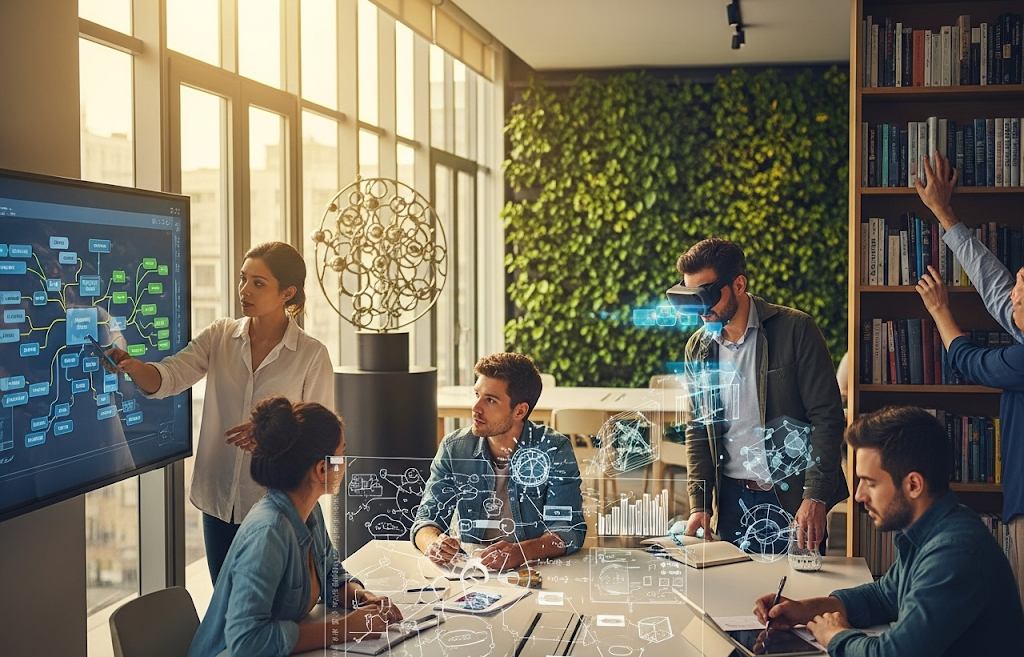In our journey to understand learning organizations, we’ve talked about Peter Senge and his five key ways of working. The first of these, and perhaps the most personal, is Personal Mastery.
Think of Personal Mastery as a way for each person to keep growing and getting better. It’s not about being in charge of others. It’s about being in charge of your own learning and growth. It’s about being able to create the life and work results you truly want. Senge says that groups can only truly learn if the people within them are also committed to their own learning.
What is Personal Mastery?
Personal Mastery means continuously making your ability to create stronger. It involves two main parts:
- Having a Clear Personal Vision: This is about truly knowing what you want to achieve in your life and work. It’s not just a wish, but a deep understanding of your goals and dreams.
- Seeing Current Reality Clearly: This means being honest with yourself about where you are right now. It’s about seeing things as they truly are, without making excuses or pretending.
The gap between your clear vision and your current reality creates what Senge calls “creative tension.” This tension is a powerful energy that drives you to learn and act. Instead of feeling stressed by this gap, someone practicing Personal Mastery uses it as a force for positive change.
Why is Personal Mastery Important?
Personal Mastery is important for both individuals and the whole organization:
- For Individuals: It helps you find more meaning in your work. It makes you more focused and effective. You become better at achieving your goals and feel more satisfied. You learn to be proactive, meaning you make things happen instead of just reacting to them.
- For Organizations: When many people in a group practice Personal Mastery, it makes the whole group stronger. They are more committed, work better, and are better at dealing with challenges. A team made up of individuals who are masters of themselves can achieve amazing things together.
How to Practice Personal Mastery
Personal Mastery is a lifelong journey, not a destination. Here are key ways to practice it:
Clarifying Personal Vision
This means figuring out what you truly want to create in your life. What are your deepest desires and goals? It’s about connecting with your purpose and what gives you energy. This vision should be so strong that it pulls you forward. It’s not just a “nice-to-have”; it’s a clear picture of your desired future.
Seeing Current Reality Clearly
This is often harder than it sounds. It means being completely honest about your skills, your weaknesses, and the real situation around you. It’s about facing facts, even if they are uncomfortable. When you see reality clearly, you can make smarter decisions and know what steps you truly need to take.
Holding Creative Tension
As mentioned, this is the gap between your vision and your current reality. Instead of letting this gap create stress or sadness, you learn to use it as a powerful energy source. You focus on both your vision and your reality at the same time. This tension pushes you to learn new things and take action to close the gap.
Important: People who have high Personal Mastery feel connected to a larger purpose. They see their work as part of something bigger, which fuels their commitment and ability to overcome difficulties.
Commitment to the Truth
This means being dedicated to seeing things as they really are, not just as you wish they were. It involves being open to new information, even if it challenges your old ideas. This honest approach helps you learn faster and make better choices.
Subconscious Learning
Personal mastery also involves listening to your intuition and inner wisdom. It’s about developing an openness to learning even when you’re not actively thinking about it. Sometimes, solutions to problems come to us when we’re not directly focused on them, showing that our minds are working on them in the background. This involves trust in your own learning process.
Personal Mastery and Systems Thinking
Personal Mastery is very connected to Systems Thinking. When you are strong in Personal Mastery, you become better at seeing how you are part of a larger system.
- You understand that your own actions and decisions have effects on the whole system.
- You are better at seeing your own role in problems, rather than just blaming others or outside events.
- Your clearer vision and understanding of reality help you see systemic issues more accurately. This makes you more effective when trying to improve a system.
Personal Mastery in the Learning Organization
Personal Mastery is the foundation for all the other disciplines. When individuals are committed to their own growth:
- They are more open to challenging their Mental Models.
- They contribute more genuinely to a Shared Vision.
- They are better at participating in Team Learning.
- They are more capable of practicing Systems Thinking.
It creates a culture where learning starts from within each person and spreads throughout the entire organization.
Conclusion
Personal Mastery is far more than just self-improvement; it is a critical discipline for creating a truly learning organization. By clarifying personal visions, seeing reality clearly, and using the resulting creative tension, individuals can drive their own continuous growth. This deep commitment to personal learning not only benefits the individual, but also fuels the collective intelligence and adaptability of the entire organization. When people truly master themselves, they become powerful forces for positive change in any system they are a part of.



